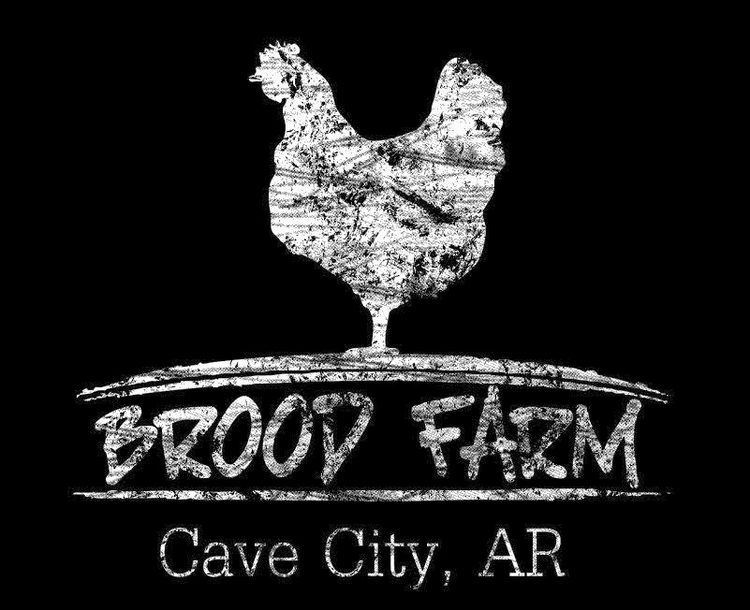Okay, I admit it . . . I haven't always been an organic gardener. I know, I know. Gasp! And, like a reformed smoker has certain triggers that make him crave that smoke again, the appearance of a squash bug in my garden tempts me to reach for the ole' Sevin dust and just go to town on the critters, bathing my garden in deadly, white dust.
They make their appearance every year, so I knew it was only a matter of time. I'm refusing, however, to resort to Sevin, so I've got to use other methods. My go-to gardening book suggests that you lay a wooden board near the plant. Bugs will gather underneath it during the night, so a quick check in the morning should reveal all the bugs, ready for disposal. As far as "disposal" goes, the book suggests dropping them into a bottle full of soapy water. But, I just pick them off the plants and squish them between by gloved fingers. You may think that makes me sick, but I HATE squash bugs, so I actually enjoy the satisfying crunch. :)
I've not actually tried the board method yet. Since I handwater the garden each morning, I water the plant heavily then put down the hose and watch for movement. Squash bugs do not appreciate getting wet, so they usually try to move to dry ground. I just pick them off the ground or leaves when I see them.
They lay eggs on the undersides of leaves in nice, neat rows. The eggs are coppery in color. If a leaf has a ton of them, just cut it off. If it only has a few, like this one, just remove the eggs and squish! Satisfying, huh?
So far, these methods have kept the squash plants from suffering any major damage. It does require a dilligence on the part of the gardener, but the fruit of that labor is organic and wholesome. :)
































































